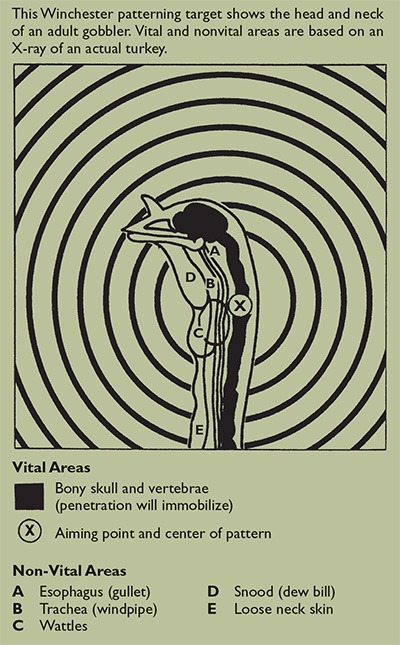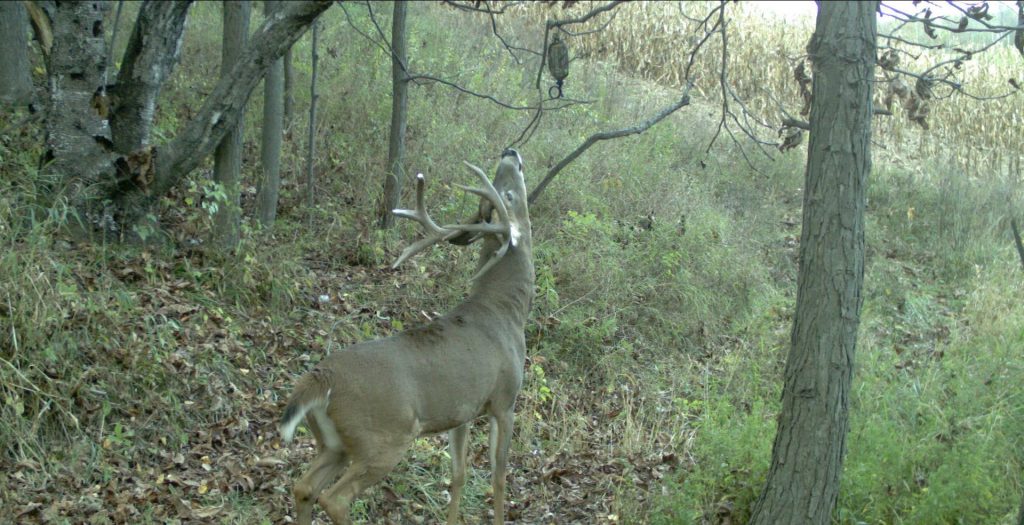
Planning Makes Perfect
One of the best ways I know of to not be consistently successful is to get lazy and fail to do the prep work required for a successful hunting trip.
Hunters, beware complacency.
Yes, there’s a lot to do. You have to make tag application deadlines, hit the gym and do some roadwork, get your gear shipshape, schedule time off from work, make sure vehicles run … . The list goes on and on. It reminds me on something the famous Roman statesman, lawyer, scholar and writer Marcus Tullius Cicero (106-43 B.C.), once wrote, “Before beginning, plan carefully.”
How Planning Worked For Me
I lived in Alaska for 15 years, and it was there, in The Last Frontier, where the importance of planning was driven home. The state’s vastness, its rugged backcountry, its ever-changing weather and the nature of the game we hunted were such that no hunter could be a successful without planning. Here’s just one example of how that planning worked for me.
One of Alaska’s most coveted limited-entry hunts is for Dall’s sheep inside Chugach State Park, a massive area just outside Anchorage. After several years, I finally drew a tag for the first hunt in mid-August, and having waited those years I was wise enough to know that to maximize my chances I need to do a lot of research and make a plan.
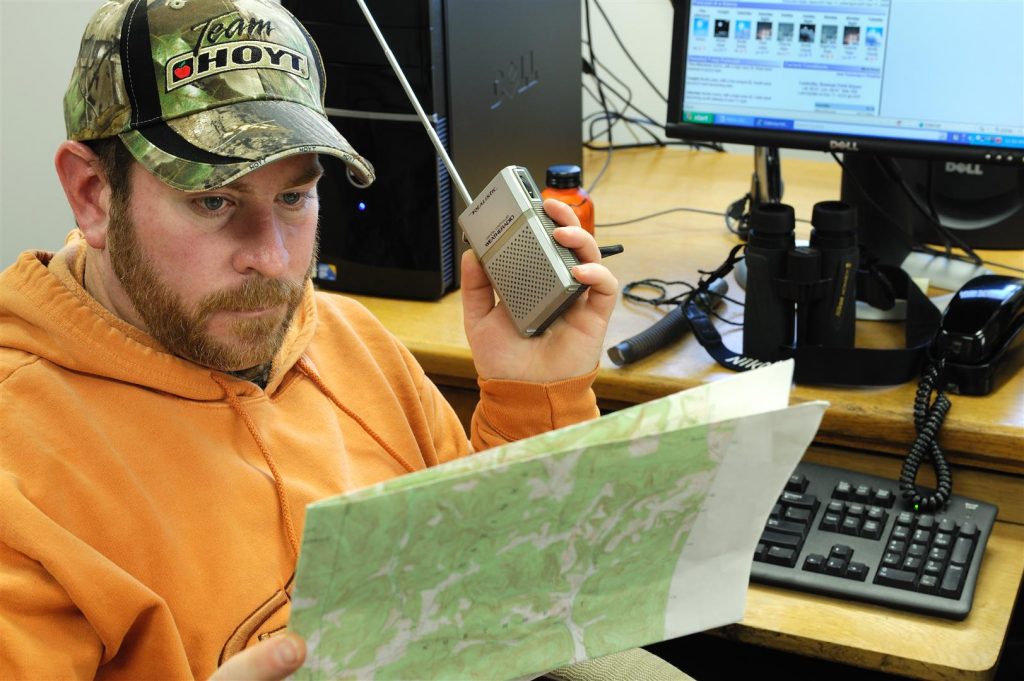
Make sure you check historic weather patterns, and then as the time gets near, consistently monitor weather, which will help finalize your hunt plan, especially the gear you’ll need.
I got right to work. I bought topographic maps of the area. I went to the game department and not only got harvest statistics for the previous five year’s hunts in my unit, I obtained the names of everyone who had drawn the previous two seasons. A bit more research, and I had their contact information. I called every one of them—and 90 percent of them were willing to chat with me about their hunts. (Surprised? Don’t be. The majority of hunters are like this, willing to share their stories and tips and help out someone.) The state’s harvest stats told me the drainages in which every ram had been taken and how old they were. I talked to the state biologist in charge of the area, too, and he was also very helpful.
This all began several months prior to opening day. Then, in summer, I made two four-day backpack scouting trips into the area. This gave me a feel for the available trails and terrain and showed me where I’d possibly need to ford deep, wide creeks. I glassed up some sheep, too. Finally, a week before my hunt, I flew the area with a friend who was also a serious sheep hunter. On that flight we found my ram. In fact, Ethan, who has taken several giant rams and knows what he’s talking about, told me with a grin, “There’s your 40-incher!”
I’m not sure I slept the rest of the week. Two days before the opener, I backpacked eight hours into the drainage where we’d seen the big ram. That evening I found him again, but instead of just two rams, there were now 16 sheep total, four good rams and the rest ewes and lambs. I lived with them for the next 36 hours, and as the sun started to illuminate the eastern sky on opening morning, I was in position above them. To make a long story short, I killed that ram, but when I walked over to him I was stunned. He was a beautiful, full-curl ram, 8½ years old—but he had a midget’s body! A mature Dall’s sheep ram will weigh over 200 pounds on the hoof, but this guy maybe weighed 150. My “40-incher” was, in reality, a 37-incher! But who cared? I’d done it! I’d drawn the tag, made a plan, done the legwork, killed a super ram—and didn’t even need to go to Plan B.
Plan B on the Fly
Well, that’s not exactly true. After caping and butchering the ram, my buddy Mike who’d been hunting with me and I decided we’d take a shortcut back to the tent. In a nutshell, we ended up on a cliff face that changed everything. We could not get to the tent in a straight line. In fact, we decided it was probably easier and shorter to climb up and out of the drainage, drop down to the access trail and simply hike back to the truck.
That added 10 miles to a day that had already seen us put in six hard miles. We had no food to speak of; I had only some Carbo-Fuel that I could mix with water for an energy bump. When we got to my truck, we were so tired we could hardly move. So we hit a McDonald’s drive-through in Anchorage, got two super-sized McSomethings, wolfed them down, went to a buddy’s apartment and passed out. Next morning we got up and hit The Village Inn for the lumberjack breakfast, and then I dropped Mike at the airport for his flight back to Valdez before hiking back into the mountains. I crashed in camp that night, packing everything out by myself the next day.
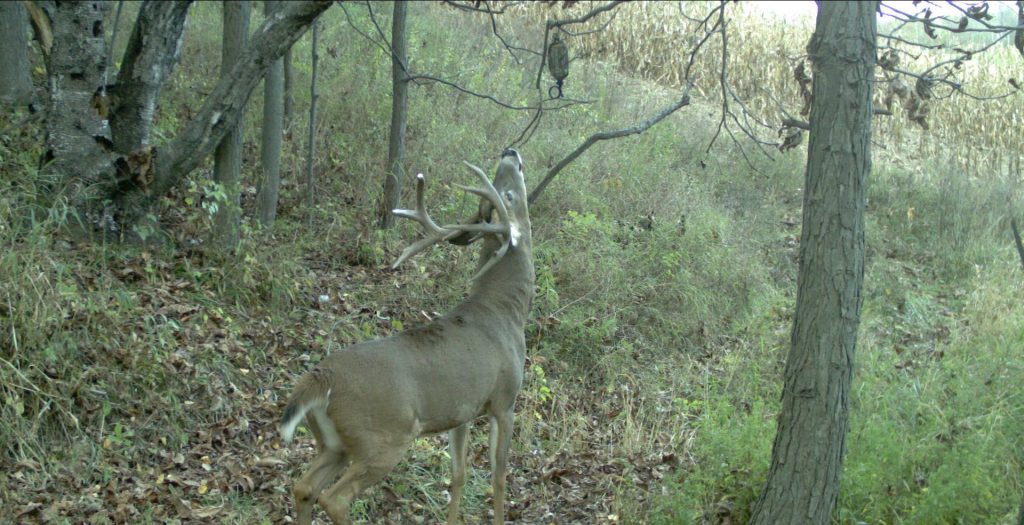
Only by planning and preparing well ahead of time can you up your odds for getting a crack at a dandy buck.
Would it have been easier had we not taken that shortcut? Of course. But we had resources that were part of a potential Plan B (including those friends in Anchorage), knew where we were and knew how to get out, all in place because of the initial planning. So, other than having to hoof it some extra miles, everything went just fine.
Make It Work For You
You can do the same, too, regardless of whether you hunt moose in Alaska, quail in Arizona, elk in Montana or whitetail deer in Mississippi, private land or public land. Today the internet is your best friend. Troll game department websites, hunt blogs and watch YouTube videos. Study Google Earth and topographic maps. Review the record books. Speak with game department biologists, but remember that asking specific questions about specific spots will show them you are serious and not wasting their time.
Start early. I find that when planning to hunt an unfamiliar area, it pays for me to start the research process as much as 18 to 24 months ahead of time. During it all, from the beginning of your research until the hunt is over, remember to stay nimble, and to have fun.
Make a plan. Work hard. Never give up. In hunting, as in life, that’s how you get it done.
*-*-*-*-*-
Bob Robb is one of the most well-respected voices in outdoor media, with more than 40 years of columns and essays in print recounting his exploits in the field. A renowned archery expert, Robb has hunted on five continents and also lived 15 years in Alaska, where he held an assistant hunting guide’s license. His work has appeared in titles small and large, from American Hunter and American Rifleman to Whitetail Journal, Field & Stream, Petersen’s Hunting, Deer & Deer Hunting, and many others. He recently retired as Editorial Director from Grand View Media Group, where he oversaw the content for eight publications, including Bowhunting World, Predator Xtreme and Waterfowl & Retriever. Still, retirement is rather an ugly word to Robb, and so he continues to contribute to a variety of publications, just as he continues to hunt around the world.
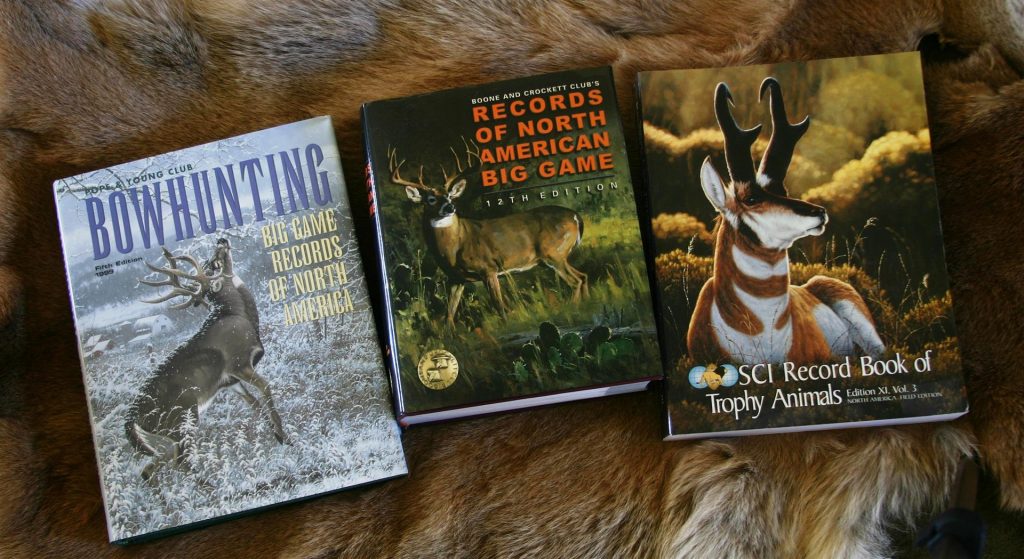
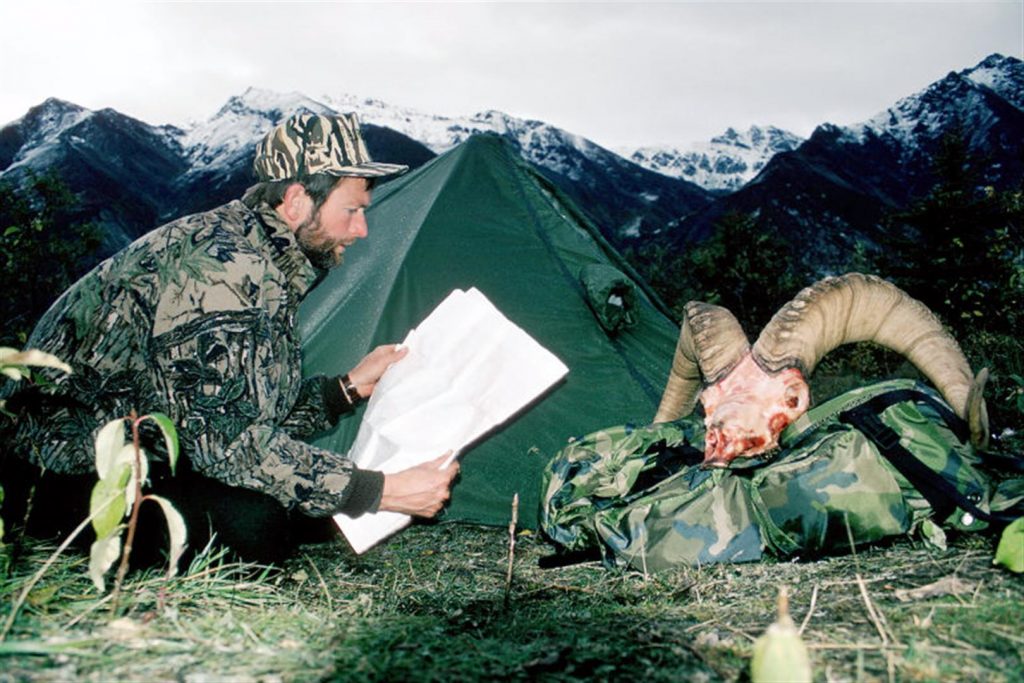


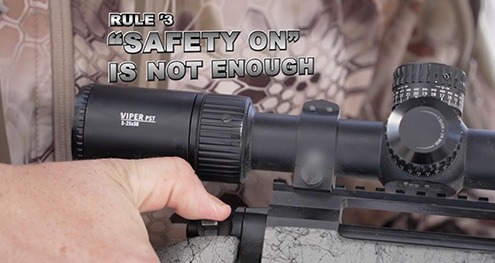
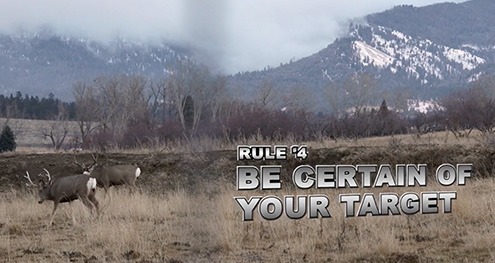
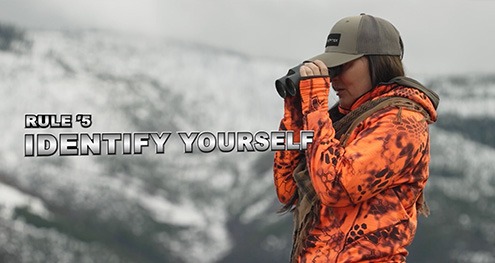
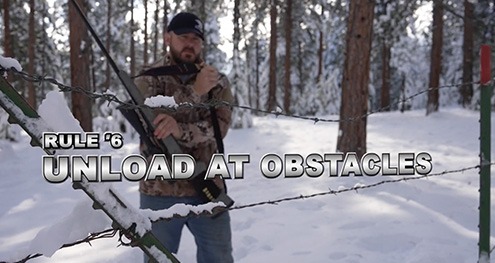
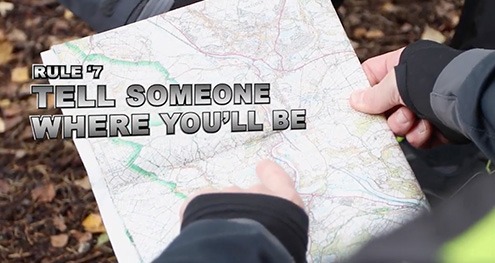
 Excise taxes fund wildlife research for the sustainable maintenance of healthy wildlife populations.[/caption]
The excise taxes established under the Pittman-Robertson Act have been a driving force, contributing over $16.4 billion (over $25 billion adjusted for inflation) to individual states. In this video, Peter Novotny, Deputy Chief of the Ohio Division of Wildlife, highlights how these funds, combined with hunting and fishing license dollars, fund essential wildlife research. This research enables a deeper understanding of how wildlife populations adapt to a changing environment, ultimately leading to the maintenance of healthy and sustainable populations.
Excise taxes fund wildlife research for the sustainable maintenance of healthy wildlife populations.[/caption]
The excise taxes established under the Pittman-Robertson Act have been a driving force, contributing over $16.4 billion (over $25 billion adjusted for inflation) to individual states. In this video, Peter Novotny, Deputy Chief of the Ohio Division of Wildlife, highlights how these funds, combined with hunting and fishing license dollars, fund essential wildlife research. This research enables a deeper understanding of how wildlife populations adapt to a changing environment, ultimately leading to the maintenance of healthy and sustainable populations.
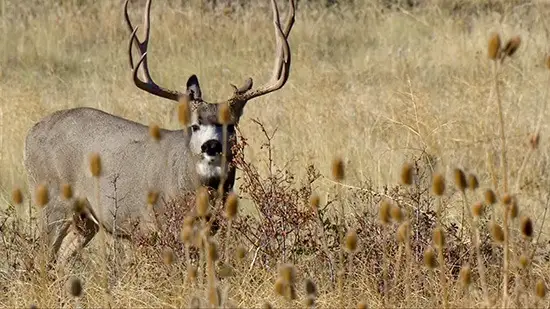 “We feel comfortable and confident that the excise tax dollars are helping keep healthy deer herds out there across the United States,” said Phil Bednar, President and CEO of TenPoint Crossbows.[/caption]
“We feel comfortable and confident that the excise tax dollars are helping keep healthy deer herds out there across the United States,” said Phil Bednar, President and CEO of TenPoint Crossbows.[/caption]
 Turkeys make a tough target. They are difficult to see and even harder to harvest. The head and neck are the only vital areas that ensure a fast, clean hunt, but this will only happen if your shotgun throws a tight, dense shot pattern.
The best shotgun choice for turkeys is a 12-gauge magnum, though the 10 gauge is gaining some ground among turkey hunters. The best shot sizes are No. 2, 4, 5, or 6. The best shotgun chokes are Full, Extra Full, and Super Full.
Turkeys make a tough target. They are difficult to see and even harder to harvest. The head and neck are the only vital areas that ensure a fast, clean hunt, but this will only happen if your shotgun throws a tight, dense shot pattern.
The best shotgun choice for turkeys is a 12-gauge magnum, though the 10 gauge is gaining some ground among turkey hunters. The best shot sizes are No. 2, 4, 5, or 6. The best shotgun chokes are Full, Extra Full, and Super Full.
